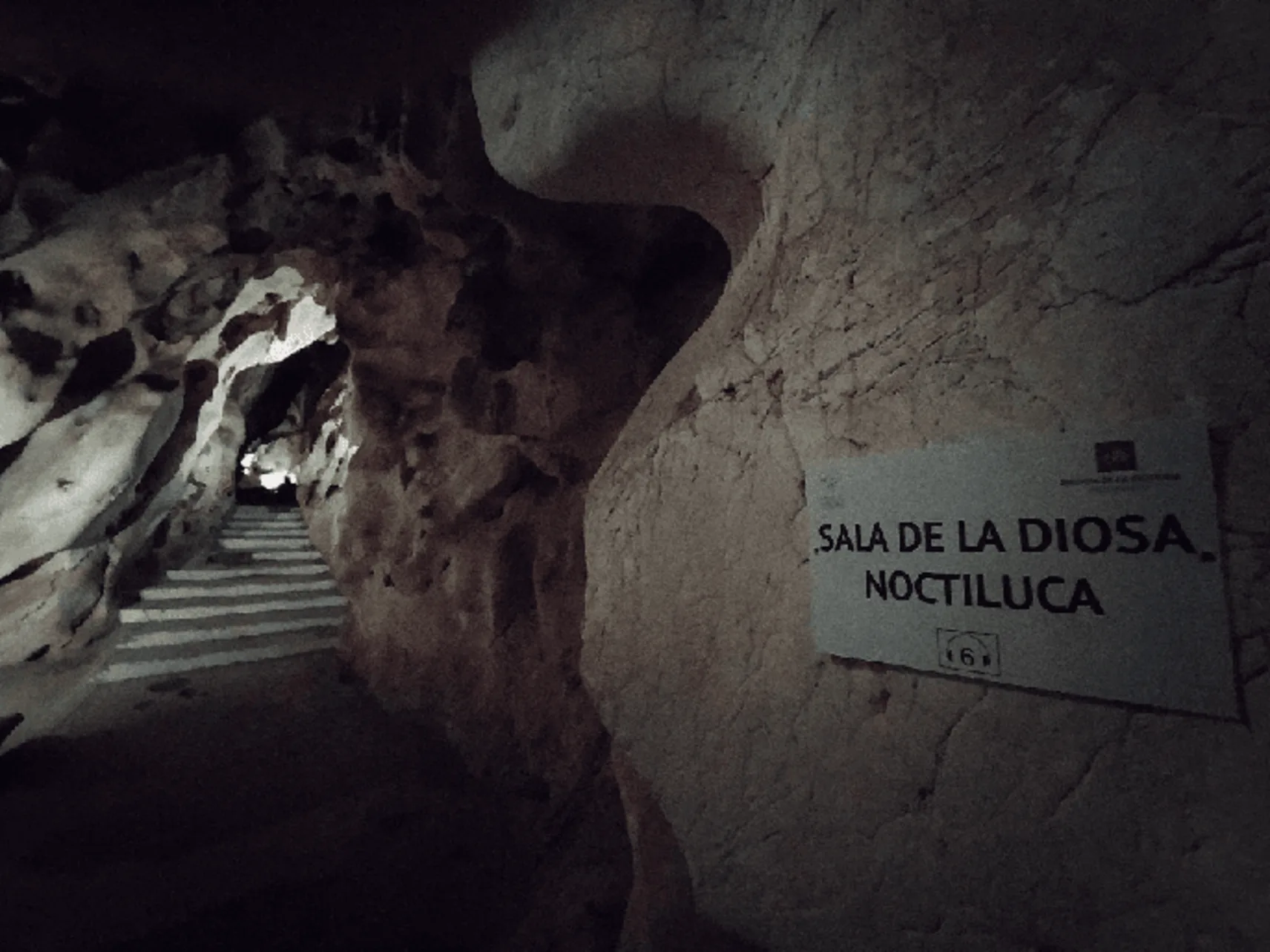Cueva del Tesoro, a secret of Málaga

A place that is not very well known but worth a look when we consider what to do in Andalusia is the Cueva del Tesoro, in the province of Malaga. But what makes it so special and why do we talk about a unique natural heritage?
Perhaps the most outstanding aspect of the Cueva del Tesoro, also called Cueva del Higuerón or Cueva del Suizo, is that we are talking about a unique natural space in Europe. It is one of the three known caves of submarine origin on the planet and the only one in the Old Continent, the others being in Mexico and China.
Visually, its shapes, stalactites and small lakes quickly catch our attention. As soon as we go down into its galleries, we will notice the first change in the air and temperature, although this will be repeated as we enter some of its labyrinthine galleries.
A bit of history
Its origin is due to the action of the waves and currents, which were moulding it in times when this place was below sea level. Later on, the whole area of El Cantal, where it is located, would emerge, leaving its caves, gorges, columns and cathedral ceilings accessible.
Numerous examples of cave art and human and animal remains from the Palaeolithic and Bronze Ages have been found inside. The National Archaeological Museum in Madrid exhibits several of these objects, both ceramic and flint, including an arrowhead from the Solutrense.
It has also been considered a place of refuge, as in the case of the Roman Marcus Crassus, and of worship, which is reflected in the room dedicated to the goddess Noctiluca, the legendary Phoenician queen worshipped by the ancient Mediterranean peoples.
What is its current name?
Between history and legend when talking about this place, stories are told of an old treasure hidden here by the Almoravid Yusuf Ibn Tasufín, one of the five Muslim kings, who, when he was besieged by the Christian conquests, decided to hide his enormous riches in this cave in the 12th century.
Historians such as Manuel Laza Palacio even found six gold coins, which, together with certain references in ancient texts, lend credibility to the possibility that this treasure is real, but it is quite another thing to find it?
Who was the Swiss?
Antonio de la Nari was a 19th century Swiss researcher who can be said to have dedicated his life to finding the treasure, as he spent more than thirty years searching for it.
He dug galleries and opened passages in his dreamy search for the story behind the legend. Sadly, he died in 1847 when one of the explosions he caused ended his life.
If you want to discover more secrets of this land, discover the Travel Factory Andalucía experiences.



